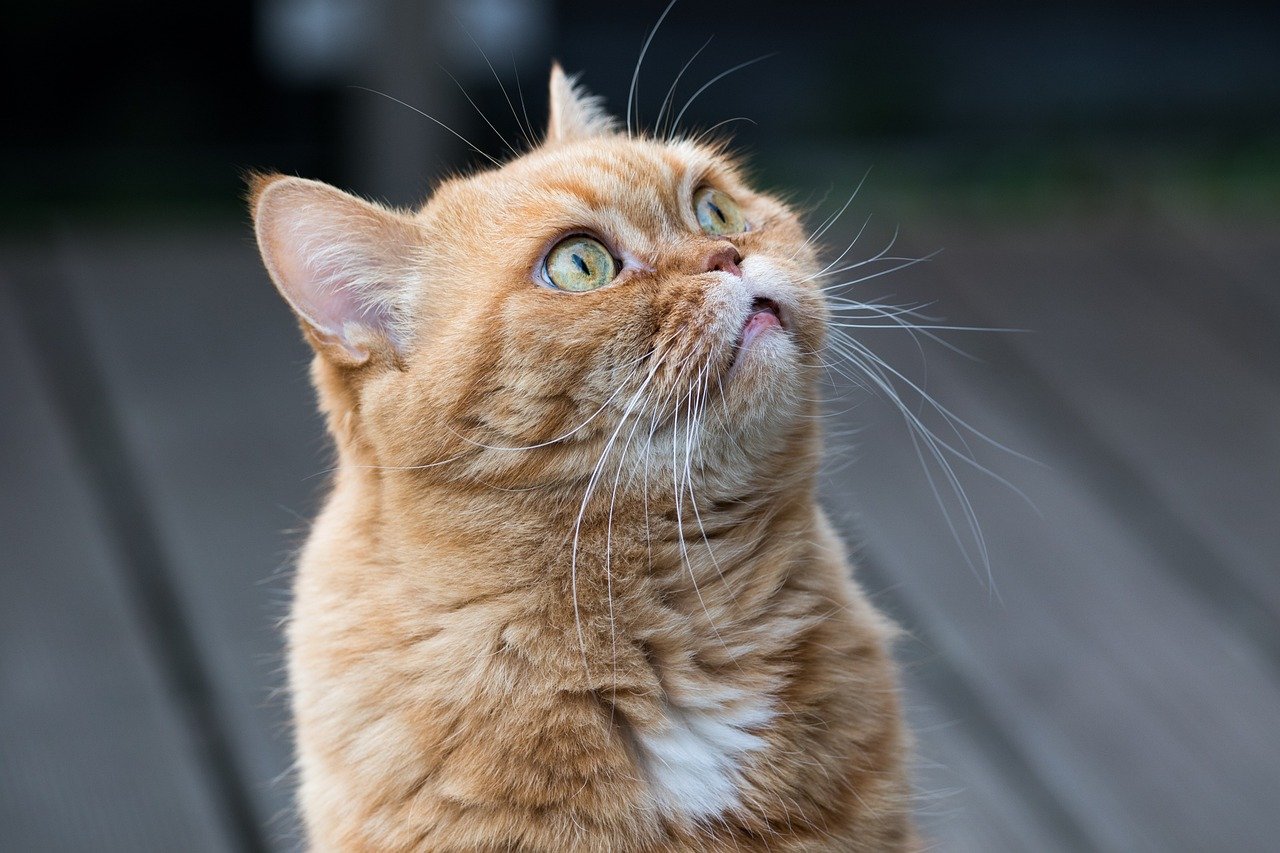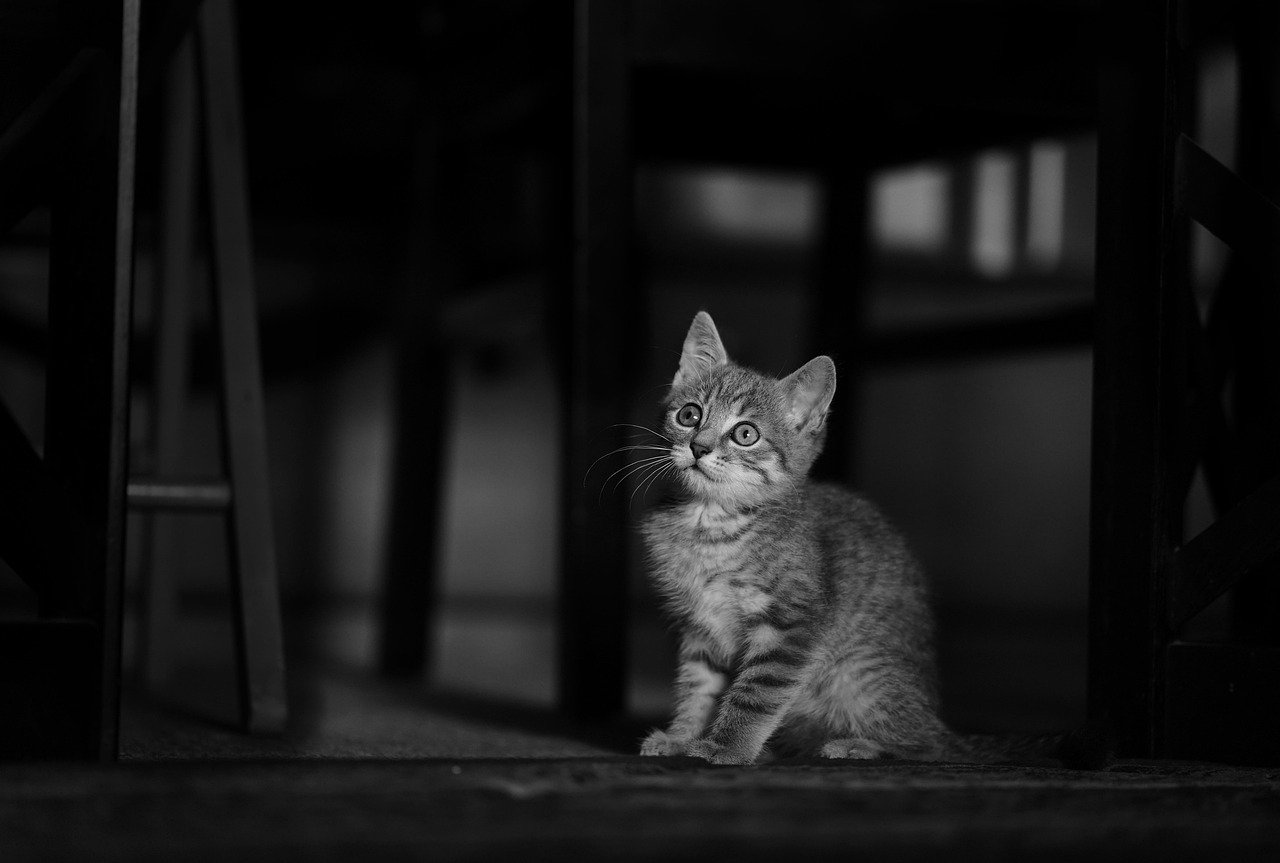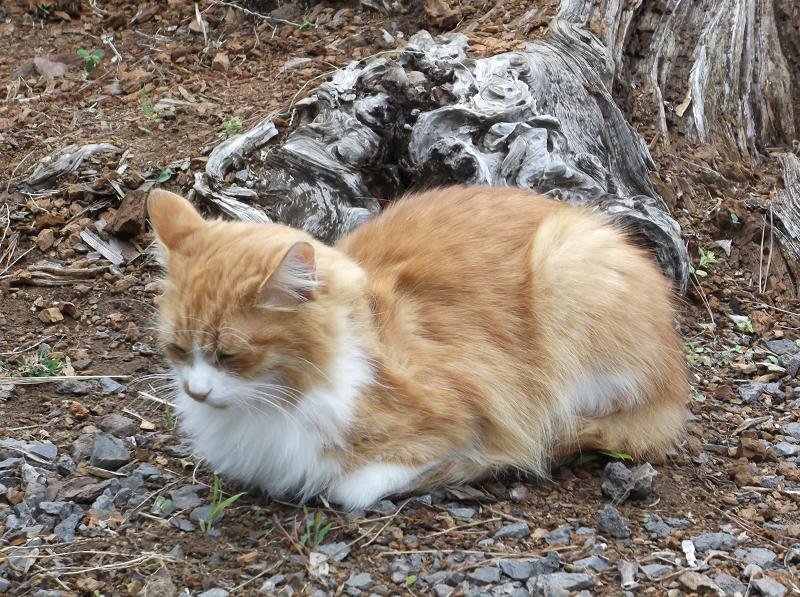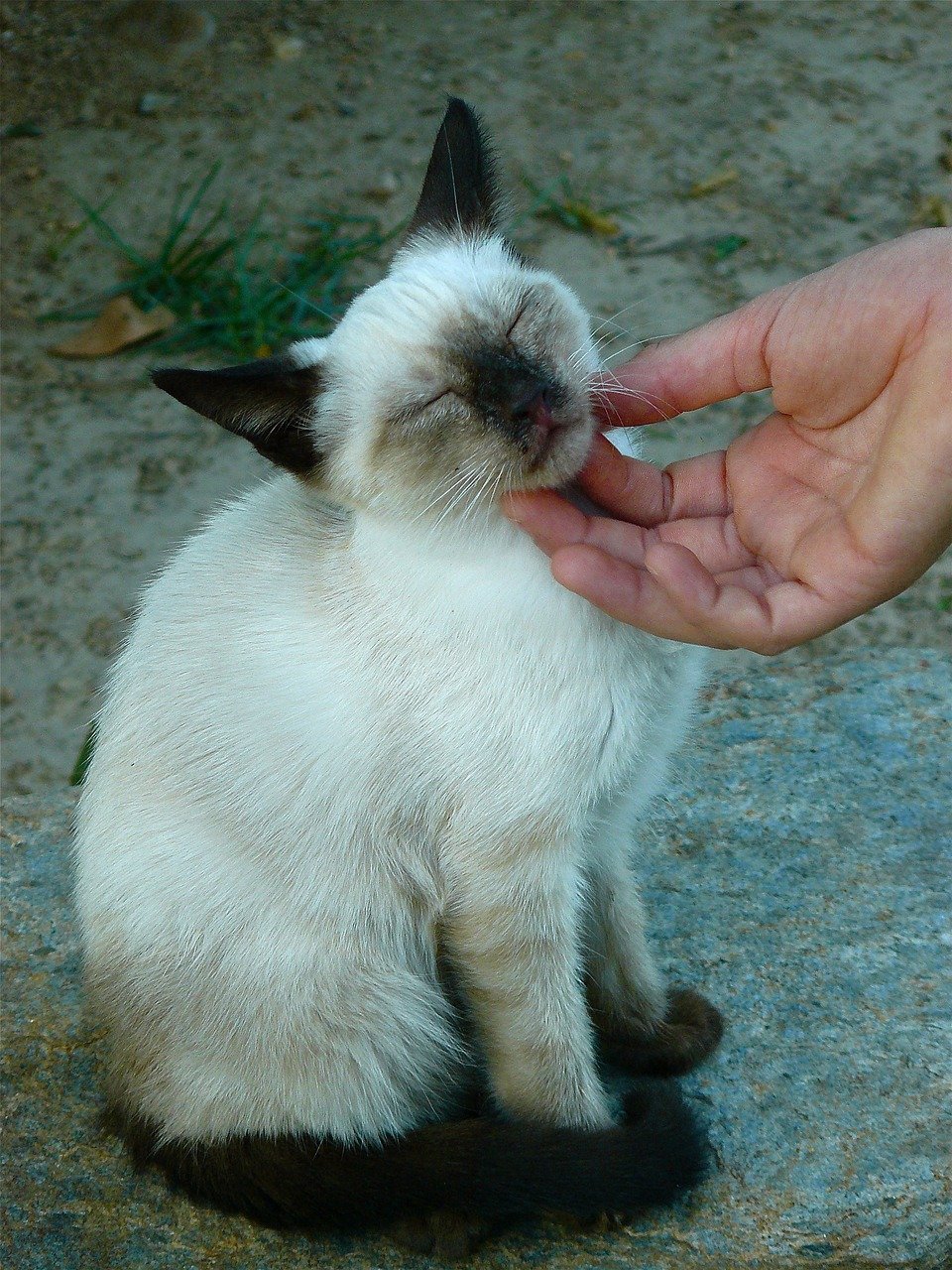Have you ever wondered what it means when your cat sits with its back turned towards you? It might seem like a snub, but the truth is far more heartwarming. Cats are mysterious creatures, and their body language often leaves us guessing. However, when a cat turns its back to you, it’s not a sign of disrespect; rather, it’s a profound gesture of trust. This act is like a secret handshake between you and your feline friend, an unspoken bond that says, “I trust you.” Let’s delve into the fascinating world of feline behavior and uncover the signs that your cat is showing trust by turning its back.
The Subtle Art of Feline Communication
Cats communicate in a language that is both subtle and complex. Unlike dogs, who are overt in their expressions, cats use a more nuanced form of communication. A cat’s body language, including the position of its ears, tail, and yes, even its back, can speak volumes. When a cat turns its back to you, it’s like a silent nod of approval. This act indicates that your cat feels safe and secure in your presence, trusting you enough to let its guard down.
The Role of Vulnerability

Vulnerability is not a state that cats enter lightly. In the wild, a cat’s back is its most vulnerable area, making it a prime target for predators. When your cat chooses to turn its back on you, it’s essentially saying that it doesn’t perceive you as a threat. This level of trust is akin to a human sharing a personal secret, a gesture that says, “I feel safe with you.”
Understanding the Trust Signal
The trust signal is more than just turning its back; it’s a combination of body language cues. A relaxed tail, soft body posture, and slow blinking are all part of this trust equation. When a cat turns its back, it might also flick its tail gently or purr softly, further indicating its comfort. These subtle signals are the feline equivalent of a warm embrace, enveloping you in the trust they have placed in you.
Feline Behavior and Its Evolutionary Roots

The behavior of turning its back has deep evolutionary roots. In the wild, cats are both predators and prey, which makes them naturally cautious. By turning their back to you, they are demonstrating an evolved behavior that signifies trust. This act is a remnant of their wild ancestry, a gesture that would only be extended to members of their own pride or close family.
Building Trust With Your Cat
Building trust with your cat is a journey, not a destination. It requires patience, understanding, and respect for their space. Spend quality time with your cat, engage in play, and respect its boundaries. Over time, these actions will foster a sense of security and trust, encouraging your cat to show its back in a gesture of confidence.
The Importance of Consistency

Consistency is key in fostering trust. Cats thrive in environments where they know what to expect. Regular feeding times, consistent interaction, and a stable environment all contribute to a cat’s sense of security. When a cat knows it can rely on you to be consistent, it’s more likely to trust you enough to turn its back.
Recognizing the Signs of Discomfort

Not every back turn is a sign of trust. Sometimes, a cat might turn its back because it feels uncomfortable or threatened. It’s important to recognize the difference. Signs of discomfort include a twitching tail, tense body posture, or flattened ears. Understanding these cues will help you create a more trusting relationship with your cat.
The Role of Environment

A cat’s environment plays a significant role in its behavior. A peaceful, stress-free environment encourages trust. Ensure your cat has a quiet space to retreat to, free from loud noises or frequent disturbances. A calm environment supports your cat’s well-being and fosters a deeper level of trust.
Trust-Building Activities
Engaging in trust-building activities can strengthen your bond with your cat. Playtime, gentle petting, and even just sitting quietly together can all contribute to building trust. These activities show your cat that you are a reliable and comforting presence, encouraging them to trust you more.
The Power of Slow Blinks

A slow blink from your cat is like a feline kiss. This gesture is another sign of trust, often accompanying a back turn. When your cat gives you a slow blink, return the gesture. It’s a way of communicating mutual trust and affection, reinforcing the bond between you.
Understanding Personal Space

Respecting your cat’s personal space is crucial for building trust. Cats appreciate having their own space and may become anxious if it’s invaded. By acknowledging and respecting their boundaries, you demonstrate that you understand their needs, which encourages trust.
The Impact of Positive Reinforcement
Positive reinforcement can play a crucial role in building trust. Reward your cat with treats, affection, or playtime when it displays trustful behavior. This positive reinforcement helps your cat associate trust with positive outcomes, strengthening your bond.
The Significance of Mutual Respect
Mutual respect is the foundation of a trusting relationship. Just as you expect your cat to respect your space, you should respect theirs. This mutual respect fosters a sense of security and encourages your cat to show trust by turning its back.
Patience: A Virtue in Cat Relationships
Patience is vital when building trust with your cat. Every cat is different, and some may take longer to trust than others. By being patient and understanding, you allow your cat to build trust at its own pace, resulting in a stronger, more genuine bond.
The Role of Routine
A consistent routine helps foster trust. Cats are creatures of habit and feel more secure when they know what to expect. A regular feeding schedule, playtime, and quiet time all contribute to a cat’s sense of security and trust.
Recognizing Individual Differences
Every cat is unique, with its own personality and comfort levels. Recognizing and respecting these individual differences is key to building trust. Some cats may be more reserved, while others are naturally more trusting. Understanding these differences helps you tailor your approach to building trust.
The Connection Between Trust and Affection

Trust and affection are closely linked in a cat’s world. When a cat turns its back, it’s not just a sign of trust but also a gesture of affection. This act signifies that your cat feels comfortable and loved in your presence, strengthening your relationship.
Listening to Your Cat’s Needs
Listening to your cat’s needs is crucial for building trust. Pay attention to their body language and cues, and respond accordingly. By being attentive to their needs, you show your cat that you are a reliable and trustworthy companion.
Creating a Safe Haven
Creating a safe haven for your cat encourages trust. Ensure your home is a place where your cat feels secure and comfortable. Provide cozy spots for them to relax, and minimize stressors. A secure environment fosters trust and encourages your cat to show its back as a sign of confidence.
In conclusion, when your cat turns its back to you, it’s not turning away but rather opening up. This gesture is a profound sign of trust, a testament to the bond you share. Remember, building trust takes time, patience, and understanding. So, the next time your cat turns its back, cherish the moment as a silent declaration of trust and affection. What would your cat say if it could speak?
Hi, I’m Bola, a passionate writer and creative strategist with a knack for crafting compelling content that educates, inspires, and connects. Over the years, I’ve honed my skills across various writing fields, including content creation, copywriting, online course development, and video scriptwriting.
When I’m not at my desk, you’ll find me exploring new ideas, reading books, or brainstorming creative ways to solve challenges. I believe that words have the power to transform, and I’m here to help you leverage that power for success.
Thanks for stopping by, Keep coming to this website to checkout new articles form me. You’d always love it!






